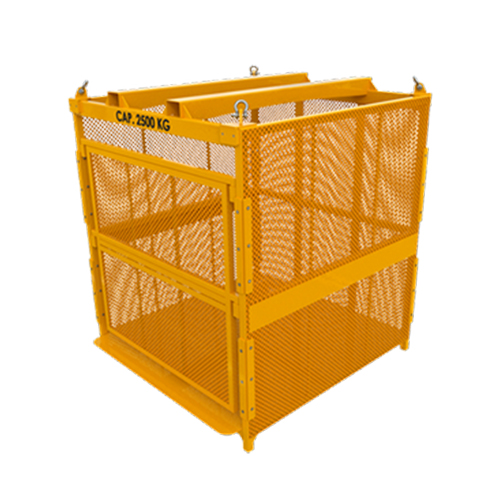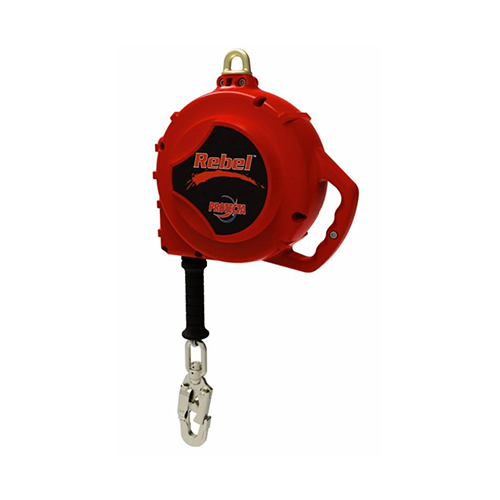Description
Key Features of Bulletproof Vests:
- Ballistic Protection: Bulletproof vests are designed to stop or significantly reduce the penetration of bullets and projectiles from firearms, providing a barrier against potential injuries.
- Layered Construction: Bulletproof vests are typically constructed with multiple layers of specialized materials, such as woven fabrics, ceramics, or synthetic fibers, to absorb and dissipate the energy of incoming projectiles.
- Protection Levels: Bulletproof vests are available in different protection levels, which are categorized based on the types of firearms and ammunition they can effectively withstand. These levels range from low-velocity handguns to high-velocity rifles.
- Soft vs. Hard Armor: There are two main types of bulletproof vests: soft armor and hard armor. Soft armor is flexible and lightweight, while hard armor incorporates rigid plates for enhanced protection against rifle rounds.
- Coverage: Bulletproof vests can vary in coverage, with some offering front and back protection, and others providing additional side protection.
- Weight and Comfort: Bulletproof vests strive to balance protection with wearer comfort, as they need to be worn for extended periods. Advances in technology have led to lighter and more comfortable designs.
- Carrier Vest: The outer carrier, also known as the carrier vest, holds the ballistic panels and provides a secure and adjustable fit. Some carriers have pockets for additional plates or gear.
Types of Bulletproof Vests:
- Soft Armor Vests: These vests are designed to provide protection against handguns and low-velocity projectiles. They are commonly worn by law enforcement officers and security personnel.
- Hard Armor Vests: Hard armor vests incorporate rigid plates made from materials like ceramics or polyethylene to provide increased protection against high-velocity rifle rounds.
Applications:
- Bulletproof vests are used by law enforcement officers, military personnel, security personnel, private citizens, and individuals in dangerous or high-risk occupations.
Maintenance:
- Regularly inspect the bulletproof vest for signs of wear, damage, or degradation.
- Follow manufacturer guidelines for proper cleaning, maintenance, and storage.
- Replace the vest if it has been compromised, damaged, or expired.
Bulletproof vests are crucial for personal protection in situations where there is a risk of firearms or ballistic threats. Choosing the right type of vest and maintaining it properly ensures the safety and well-being of individuals working in hazardous environments or facing potential armed confrontations.









